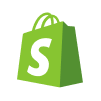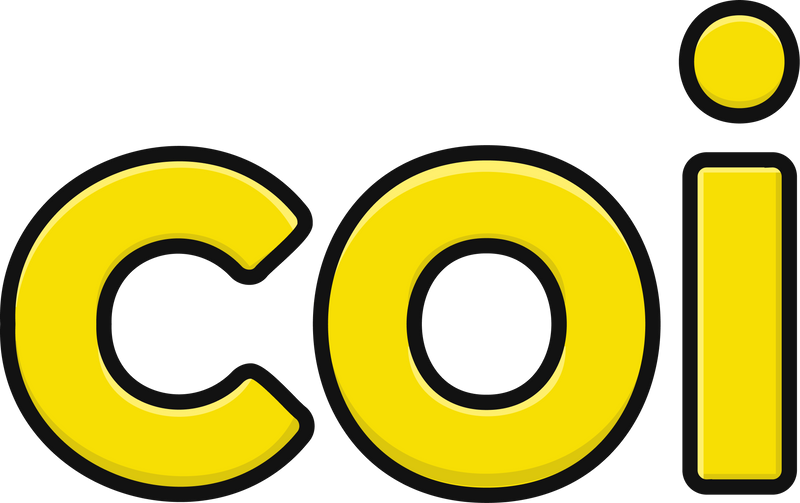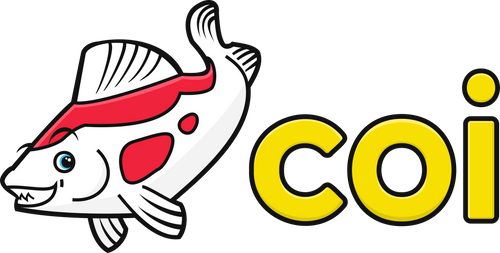 >
>
Facebook & Instagram Ads for Shopify Stores – What Works?
Meta Ads (Facebook + Instagram) are still one of the most powerful growth channels for Shopify brands — when used strategically.
But rising CPMs, tighter tracking and more competition mean that “boosting a post” doesn’t cut it anymore.
In this guide, we’ll break down what’s working right now with paid social for Shopify, and how to make your ad spend actually drive revenue.
1. Build a full-funnel ad strategy
High-performing Shopify brands don’t rely on one campaign.
They build structured funnels that meet users at different stages:
-
Top of Funnel (TOF): Awareness + cold traffic
-
Middle of Funnel (MOF): Education + engagement
-
Bottom of Funnel (BOF): Retargeting + urgency
-
Post-Purchase: Upsell + loyalty + referrals
Each stage needs different creative, copy and targeting. Structure matters.
2. Creative is everything
The algorithm optimizes delivery — but creative drives performance.
What’s working in 2025:
-
UGC-style videos (raw > polished)
-
Unboxing & first-use demos
-
Problem → solution storytelling
-
Voiceover ads with fast pacing
-
Split-screen comparisons or testimonials
💡 Test 3–5 creatives per ad set. Let performance dictate what you scale.
3. Focus on your hook
The first 2–3 seconds decide if someone stops scrolling.
Strong hooks:
-
“Struggling with dry skin?”
-
“Here’s why we ditched X…”
-
“This changed how I sleep.”
-
“90% of people get this wrong.”
Visual motion + text overlay works best on Reels & Stories.
4. Use Advantage+ Shopping Campaigns (ASC)
Meta’s ASC format is powerful for ecommerce when paired with good data.
Tips:
-
Feed it your best-selling products
-
Use broad audiences and let the algo find buyers
-
Optimize for purchases, not clicks
-
Run multiple ASC campaigns by country or offer if scaling
Still running interest-based campaigns only? You’re leaving money on the table.
5. Retarget with real context
Don’t just say “Come back and buy.”
Retargeting that works:
-
Product reminder + social proof
-
“Low in stock” urgency
-
Testimonials or reviews
-
“Still thinking about this?” UGC-style content
Segment by behavior: cart abandoners, product viewers, IG engagers, etc.
6. Sync Shopify data for better performance
Use the Shopify + Meta pixel integration and verify domains.
Then:
-
Sync custom audiences (e.g. past buyers, VIPs, high AOV customers)
-
Create lookalikes based on LTV or subscription
-
Track events: ViewContent, AddToCart, InitiateCheckout, Purchase
💡 If you’re using Klaviyo or another CRM, sync engagement data too.
7. Track beyond ROAS
ROAS is a lagging metric. Look at:
-
CTR (click-through rate)
-
CPC (cost per click)
-
Thumbstop ratio (3-second video views)
-
Conversion rate on landing pages
-
MER (blended marketing efficiency)
Use UTMs and server-side tracking (via Triple Whale or Elevar) for full picture.
Final thoughts
Meta Ads still work — but they require a smarter approach than before.
When you combine creative testing, full-funnel structure, and Shopify data, you unlock a flywheel of scalable, profitable paid growth.
Need help scaling Meta Ads for your Shopify store?
At coi, we manage over 7 figures in paid spend — and we know what works across industries, budgets and markets.















































